Home>Home Appliances>Bathroom Appliances>How Often Should You Change The Head On An Oral-B Electric Toothbrush
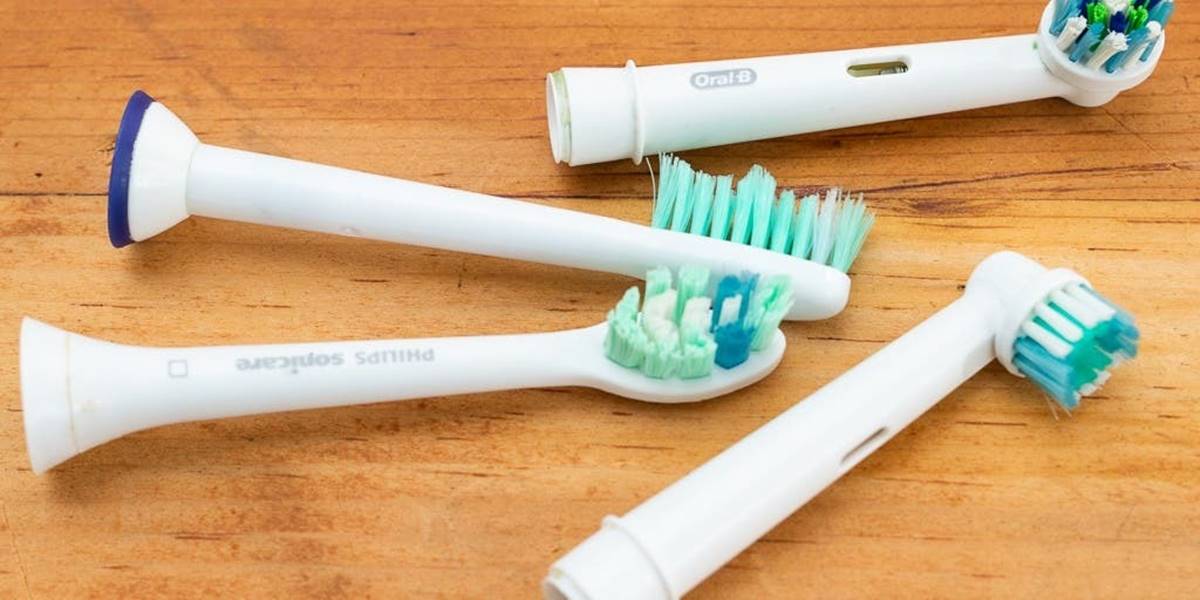

Bathroom Appliances
How Often Should You Change The Head On An Oral-B Electric Toothbrush
Modified: January 9, 2024
Discover the best practices for changing the head on your Oral-B electric toothbrush. Find out how often to replace it for optimal performance. Keep your bathroom appliances in top condition!
(Many of the links in this article redirect to a specific reviewed product. Your purchase of these products through affiliate links helps to generate commission for Storables.com, at no extra cost. Learn more)
Introduction
Maintaining good oral hygiene is essential for overall health, and using an electric toothbrush can significantly enhance the effectiveness of your oral care routine. Among the leading brands in the electric toothbrush market, Oral-B stands out for its advanced technology and high-quality products. However, to ensure optimal performance and hygiene, it's crucial to pay attention to the maintenance of your Oral-B electric toothbrush, particularly the replacement of the brush head.
In this comprehensive guide, we will delve into the importance of changing the head on an Oral-B electric toothbrush, the factors to consider, the recommended frequency for this change, and the signs that indicate a head replacement is necessary. By the end of this article, you will have a clear understanding of how often you should change the head on your Oral-B electric toothbrush to maintain excellent oral health and get the most out of your brushing experience.
Key Takeaways:
- Regularly replace your Oral-B electric toothbrush head every 3 months to maintain effective cleaning and oral hygiene. Pay attention to signs like worn bristles, reduced cleaning performance, and odor for timely replacement.
- Factors like frequency of use, brushing technique, and individual oral health needs influence how often you should change your Oral-B electric toothbrush head. Personalize the replacement frequency for optimal oral care.
Importance of Changing the Head
The brush head of an electric toothbrush plays a pivotal role in maintaining oral health. Over time, the bristles of the brush head wear down due to regular use, which diminishes their effectiveness in removing plaque and debris from the teeth and gums. Additionally, as the bristles deteriorate, they may become less gentle on the gums, potentially causing irritation or discomfort during brushing.
Furthermore, an accumulation of bacteria and food particles on the brush head can compromise oral hygiene. Even with thorough rinsing after each use, bacteria can still find their way into the nooks and crannies of the brush head, leading to potential microbial growth. This can pose a risk of reintroducing harmful bacteria into the mouth during brushing, counteracting the very purpose of oral care.
Another critical aspect is the impact of a worn-out brush head on the overall cleaning performance of the electric toothbrush. As the bristles lose their original shape and stiffness, the brush head becomes less effective in reaching and cleaning difficult-to-access areas, such as the back molars and along the gum line. This can result in inadequate plaque removal, leaving the teeth and gums vulnerable to decay and periodontal issues.
Moreover, a worn brush head may not effectively distribute toothpaste or mouthwash around the mouth, potentially reducing the benefits of these oral care products. This diminishes the overall efficacy of your oral care routine, which can lead to suboptimal oral health outcomes.
Considering these factors, it becomes evident that changing the brush head of your Oral-B electric toothbrush at the appropriate intervals is essential for maintaining effective oral hygiene, ensuring optimal cleaning performance, and minimizing the risk of bacterial contamination.
Factors to Consider
When determining how often to change the head on your Oral-B electric toothbrush, several factors come into play. Understanding these factors can help you make an informed decision and ensure that your oral care routine remains effective and hygienic.
- Frequency of Use: The frequency with which you use your electric toothbrush impacts the wear and tear of the brush head. Those who brush more frequently may need to replace the head more often than individuals with a less rigorous brushing routine.
- Brushing Technique: The pressure and technique used during brushing can affect the longevity of the brush head. Aggressive brushing may cause the bristles to wear down more quickly, necessitating more frequent replacements.
- Individual Oral Health Needs: Individuals with specific oral health concerns, such as gum disease or sensitive teeth, may require more frequent head changes to ensure optimal cleaning and minimize irritation.
- Environmental Factors: Environmental conditions, such as humidity and temperature, can impact the condition of the brush head over time. In humid environments, for example, microbial growth may occur more rapidly, necessitating more frequent head changes.
- Manufacturer Recommendations: Oral-B provides guidelines regarding the recommended interval for changing the brush head. Adhering to these recommendations can help maintain the effectiveness and hygiene of your electric toothbrush.
By considering these factors, you can tailor the replacement frequency of your Oral-B electric toothbrush head to align with your specific oral care needs and usage patterns, ensuring that your brushing experience remains optimal and beneficial for your oral health.
Replace the head on your Oral-B electric toothbrush every 3 months to maintain optimal cleaning and hygiene.
Recommended Frequency for Changing the Head
While the frequency of head replacement for an Oral-B electric toothbrush can vary based on individual factors, Oral-B generally recommends replacing the brush head approximately every three months. This interval is designed to align with the typical lifespan of the brush head’s bristles and to ensure consistent cleaning performance and hygiene.
It’s important to note that this recommended interval is a general guideline, and certain individuals may need to adjust the frequency based on their specific oral health needs and usage patterns. For instance, if you use your electric toothbrush more frequently than the average user or if you have specific oral health concerns, such as gum disease or enamel sensitivity, you may benefit from more frequent head changes to maintain optimal cleaning efficacy and minimize potential irritation.
Conversely, individuals with less frequent brushing habits or who have no specific oral health concerns may find that replacing the brush head every three months suffices to maintain effective oral hygiene and brushing performance.
Ultimately, while the recommended frequency for changing the head on an Oral-B electric toothbrush serves as a helpful baseline, it’s essential to assess your individual needs and consider the factors mentioned earlier to determine the most suitable replacement interval for your specific circumstances. By doing so, you can ensure that your oral care routine remains tailored to your needs and promotes optimal oral health.
Signs that Indicate a Head Change
Recognizing the signs that indicate the need for a head change on your Oral-B electric toothbrush is crucial for maintaining effective oral hygiene and maximizing the lifespan of your toothbrush. Several indicators can help you determine when it’s time to replace the brush head:
- Worn Bristles: Inspect the bristles of the brush head regularly. If you notice fraying, splaying, or significant wear, it’s a clear indication that the bristles have deteriorated and are no longer providing optimal cleaning effectiveness. This is a key sign that a head change is necessary to maintain efficient plaque removal and gum care.
- Reduced Cleaning Performance: If you notice that your electric toothbrush is less effective in removing plaque and debris from your teeth, or if it’s struggling to reach and clean difficult-to-access areas, such as the back molars, it may be a sign that the brush head has worn down and requires replacement.
- Discoloration or Buildup: Over time, the brush head may accumulate discoloration, as well as mineral or bacterial buildup, despite regular cleaning. If you observe persistent discoloration or buildup that cannot be adequately removed, it indicates that the brush head may be compromised and in need of replacement to maintain proper hygiene.
- Changes in Bristle Stiffness: As the bristles deteriorate, you may notice changes in their stiffness or flexibility. If the bristles become excessively soft or lose their original shape and resilience, it’s a sign that the brush head is no longer providing the optimal cleaning and gum care required for effective oral hygiene.
- Odor or Unpleasant Taste: If you detect persistent odors or an unpleasant taste emanating from the brush head, even after thorough cleaning, it may indicate the presence of microbial growth or bacterial contamination. In such cases, replacing the brush head is essential to maintain oral hygiene and prevent potential oral health issues.
By remaining attentive to these signs and regularly inspecting your brush head, you can proactively identify when a head change is necessary, ensuring that your Oral-B electric toothbrush continues to deliver effective cleaning performance and optimal oral care benefits.
Conclusion
Ensuring the regular replacement of the brush head on your Oral-B electric toothbrush is an essential aspect of maintaining effective oral hygiene and maximizing the benefits of your brushing routine. By understanding the importance of changing the head, considering individual factors that influence replacement frequency, adhering to recommended intervals, and recognizing signs that indicate a head change, you can optimize your oral care experience and promote long-term oral health.
Regularly replacing the brush head helps maintain the cleaning efficacy and hygiene of your electric toothbrush, ensuring that it continues to effectively remove plaque and debris from the teeth and gums. Additionally, it minimizes the risk of bacterial contamination and microbial growth, promoting a healthier oral environment.
Adhering to Oral-B’s general recommendation of replacing the brush head approximately every three months serves as a helpful guideline, but it’s important to personalize the replacement frequency based on your specific oral health needs, usage patterns, and individual circumstances. By doing so, you can tailor your oral care routine to optimize cleaning performance and minimize potential discomfort or oral health issues.
By remaining attentive to the condition of the brush head and being proactive in replacing it when necessary, you can ensure that your Oral-B electric toothbrush continues to provide effective cleaning, promote optimal oral health, and contribute to a confident and healthy smile.
Ultimately, by prioritizing the maintenance and replacement of the brush head, you can make the most of your Oral-B electric toothbrush, ensuring that it remains a reliable and beneficial tool in your daily oral care regimen.
Frequently Asked Questions about How Often Should You Change The Head On An Oral-B Electric Toothbrush
Was this page helpful?
At Storables.com, we guarantee accurate and reliable information. Our content, validated by Expert Board Contributors, is crafted following stringent Editorial Policies. We're committed to providing you with well-researched, expert-backed insights for all your informational needs.
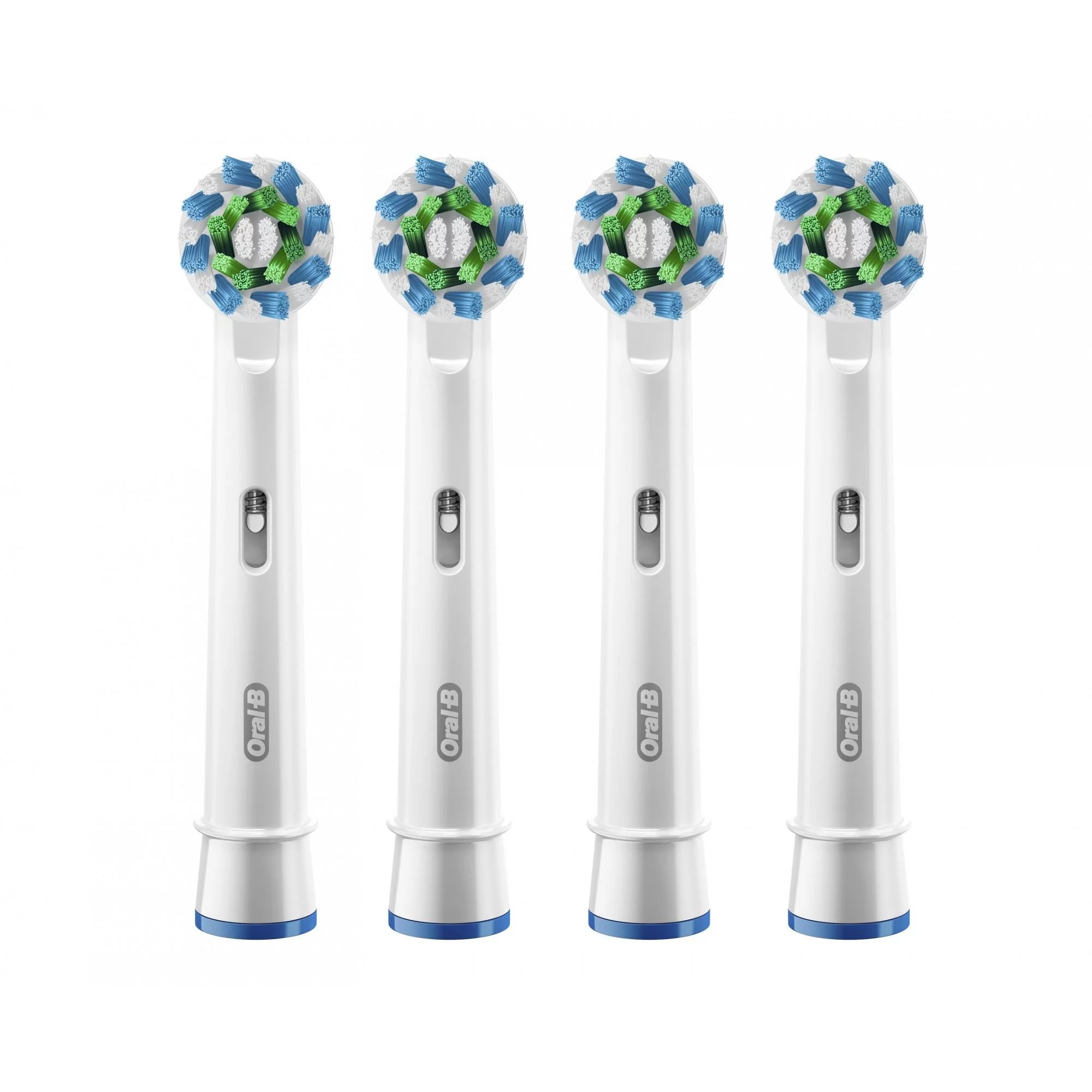
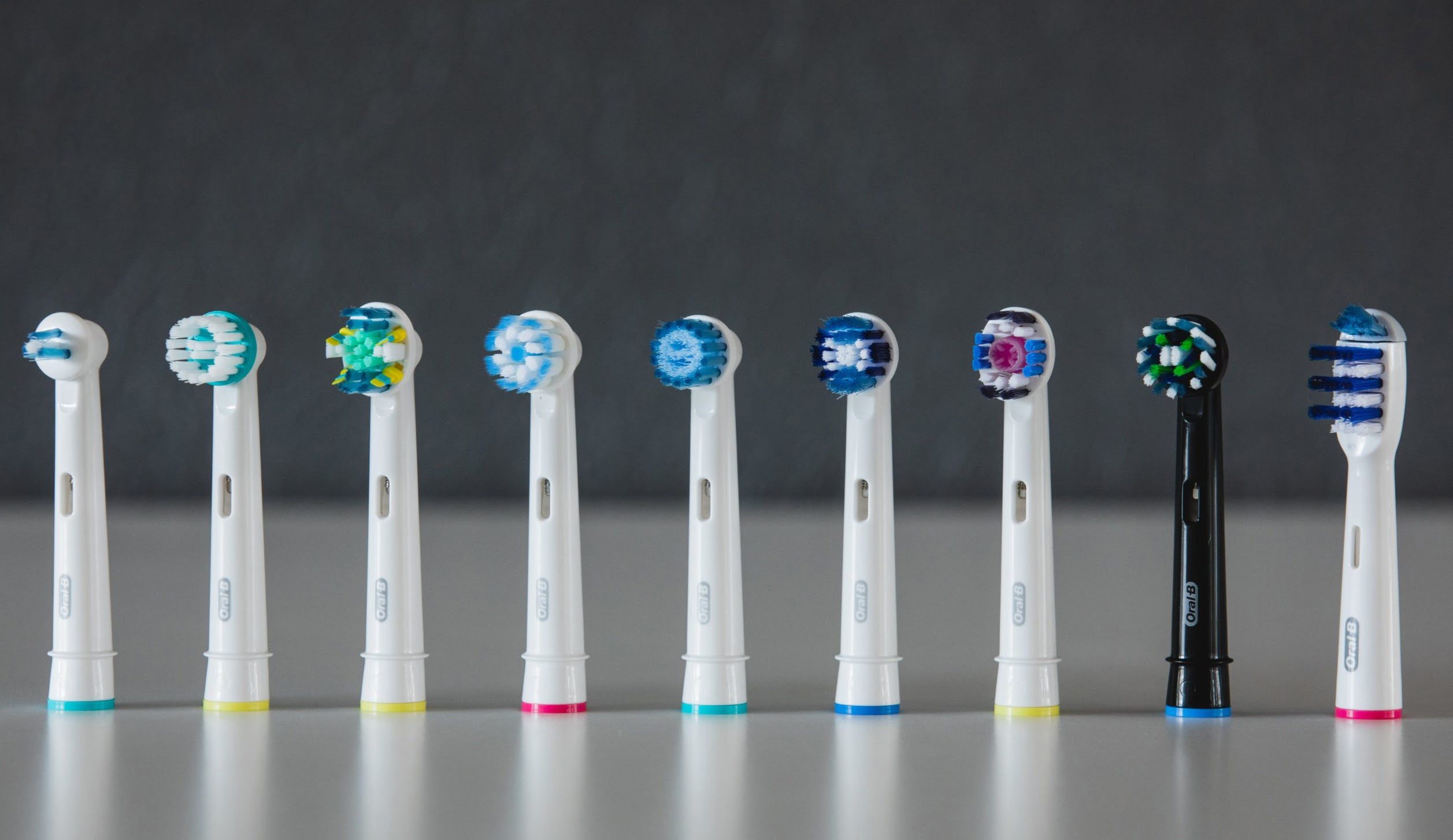
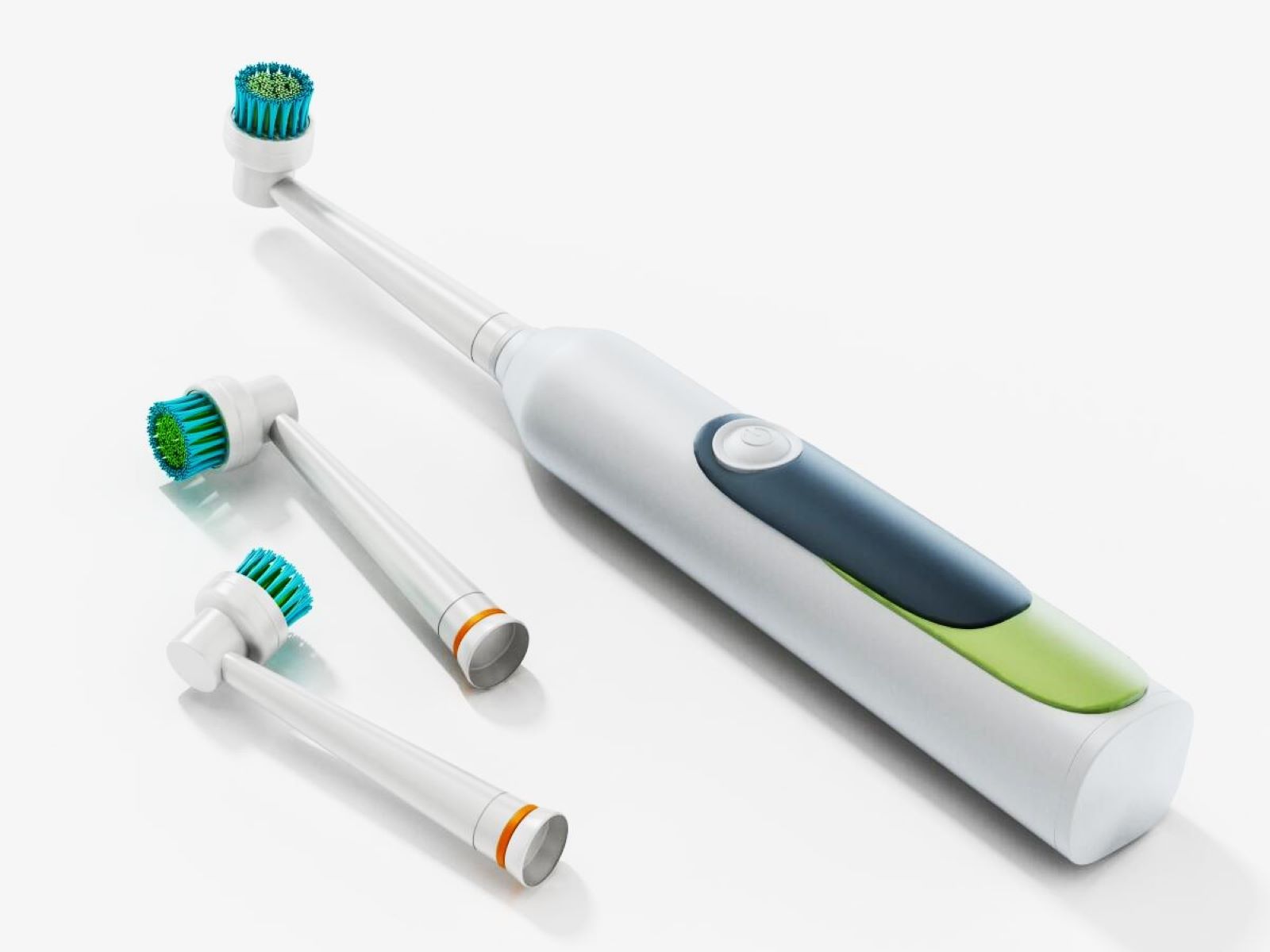
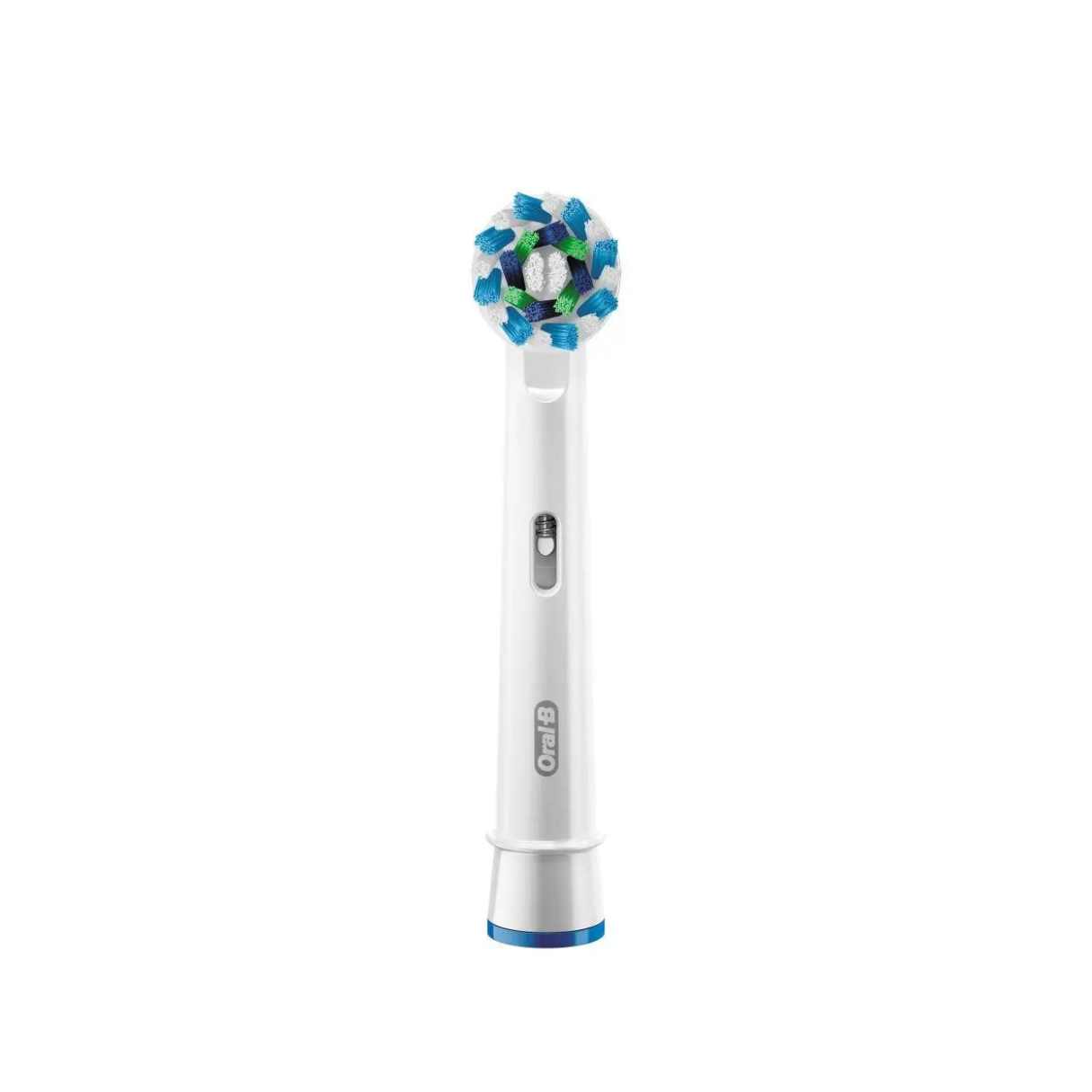
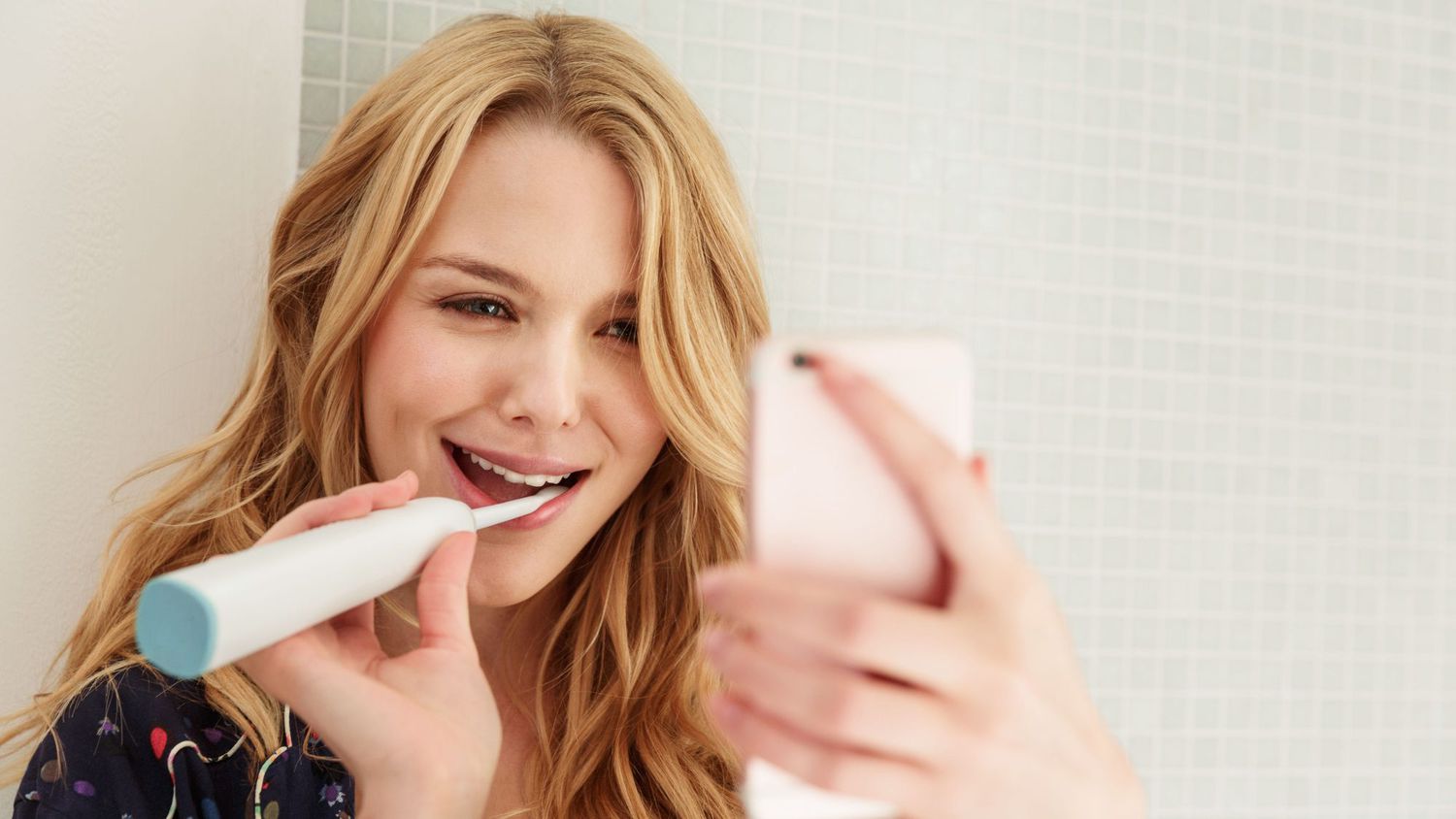
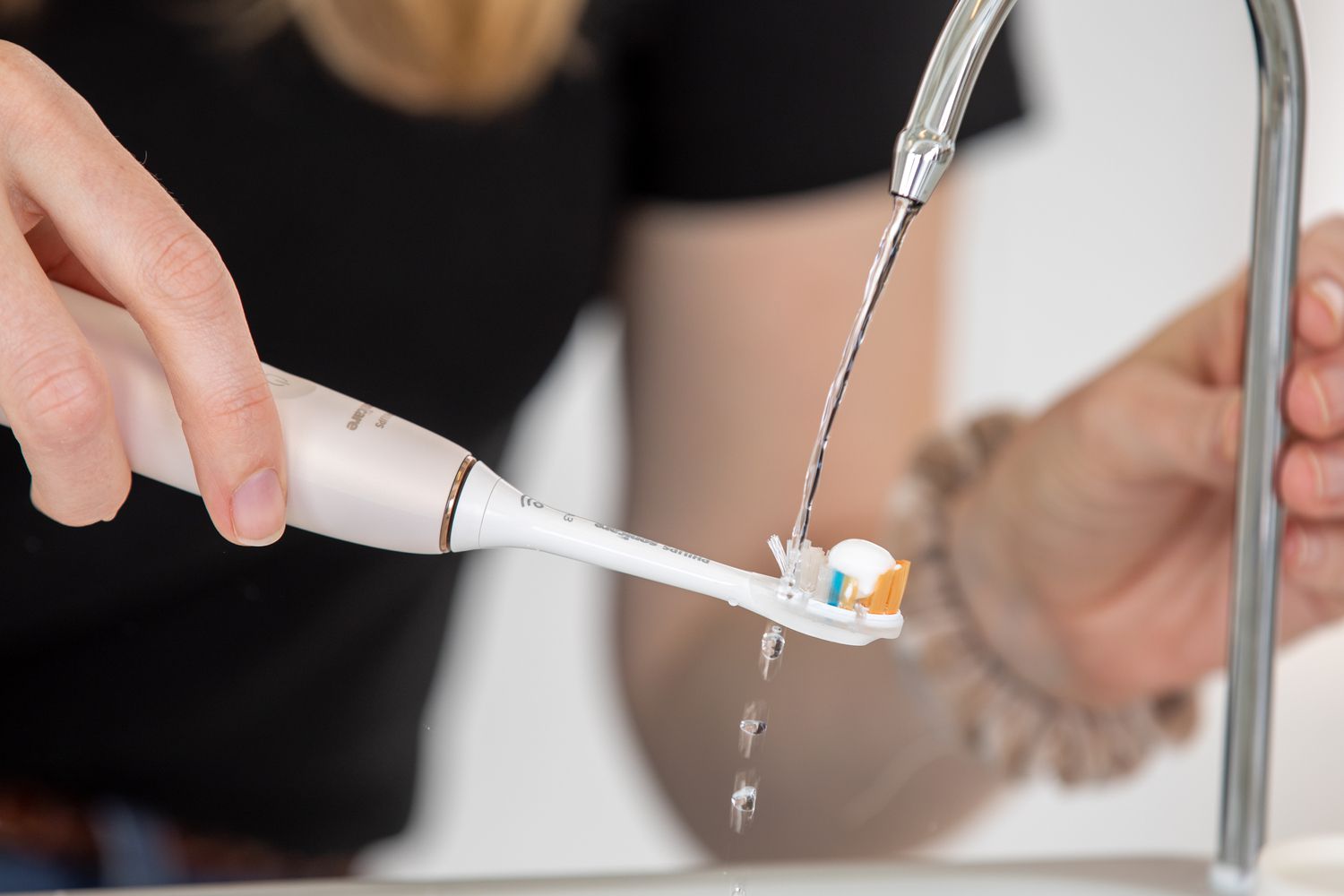
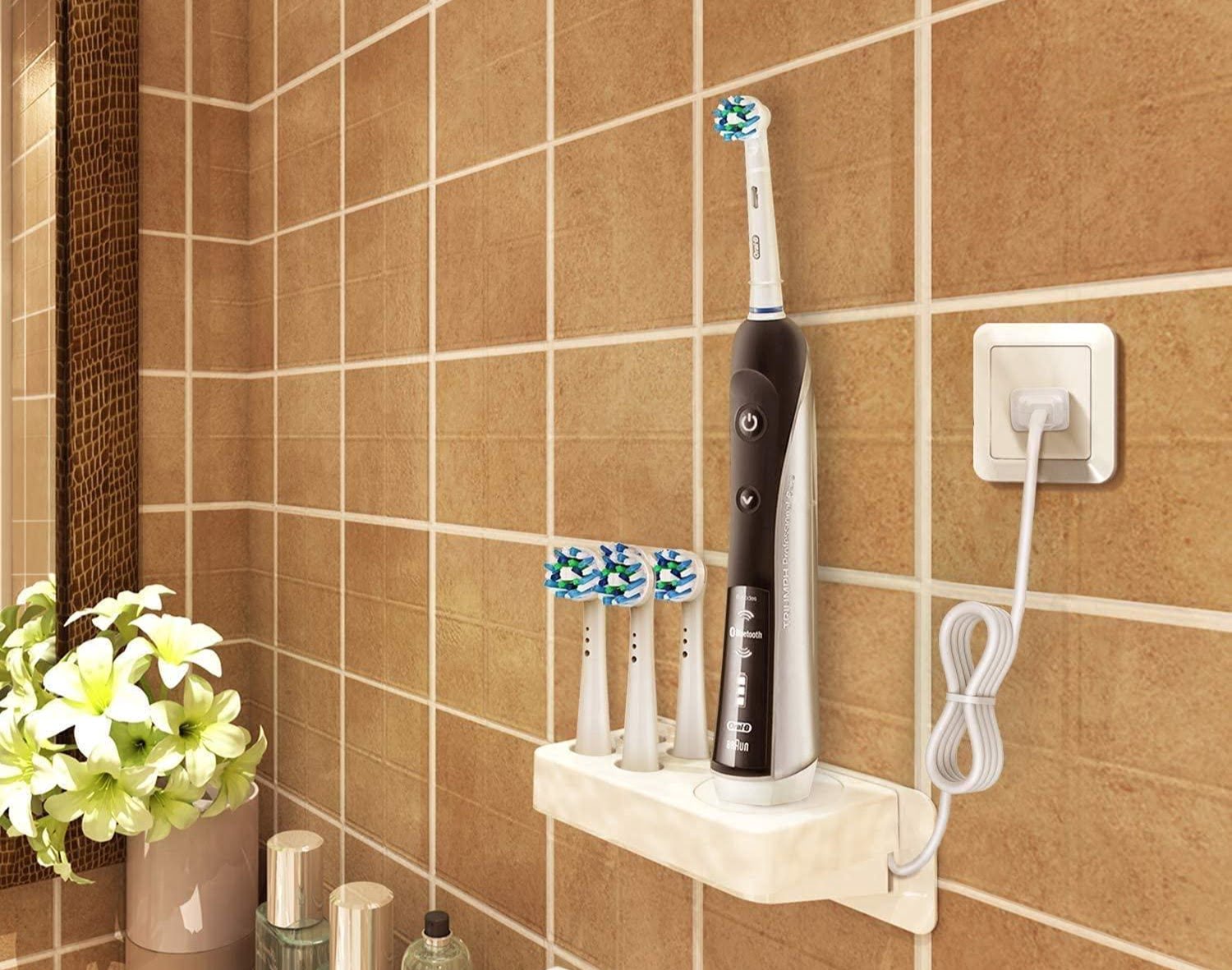
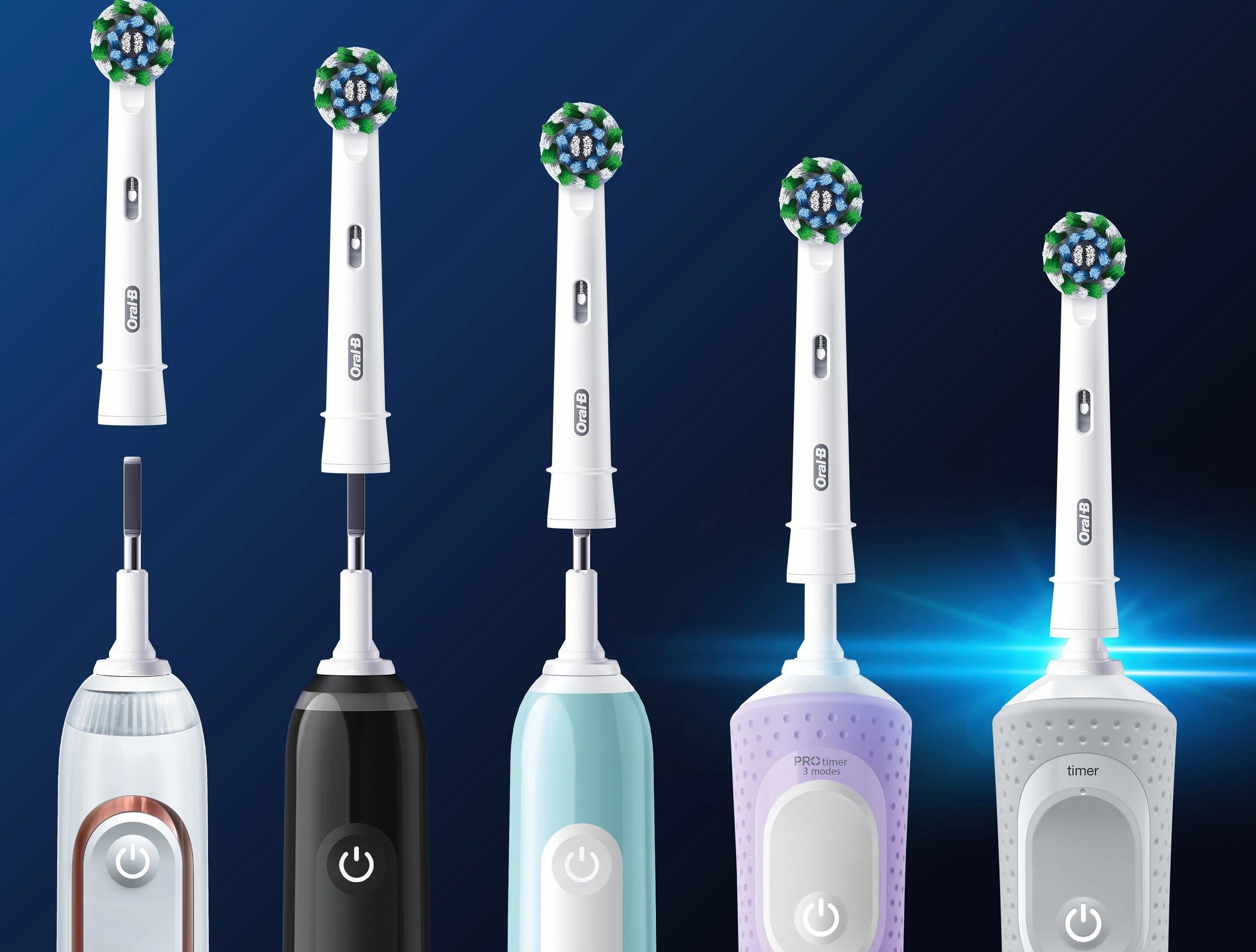
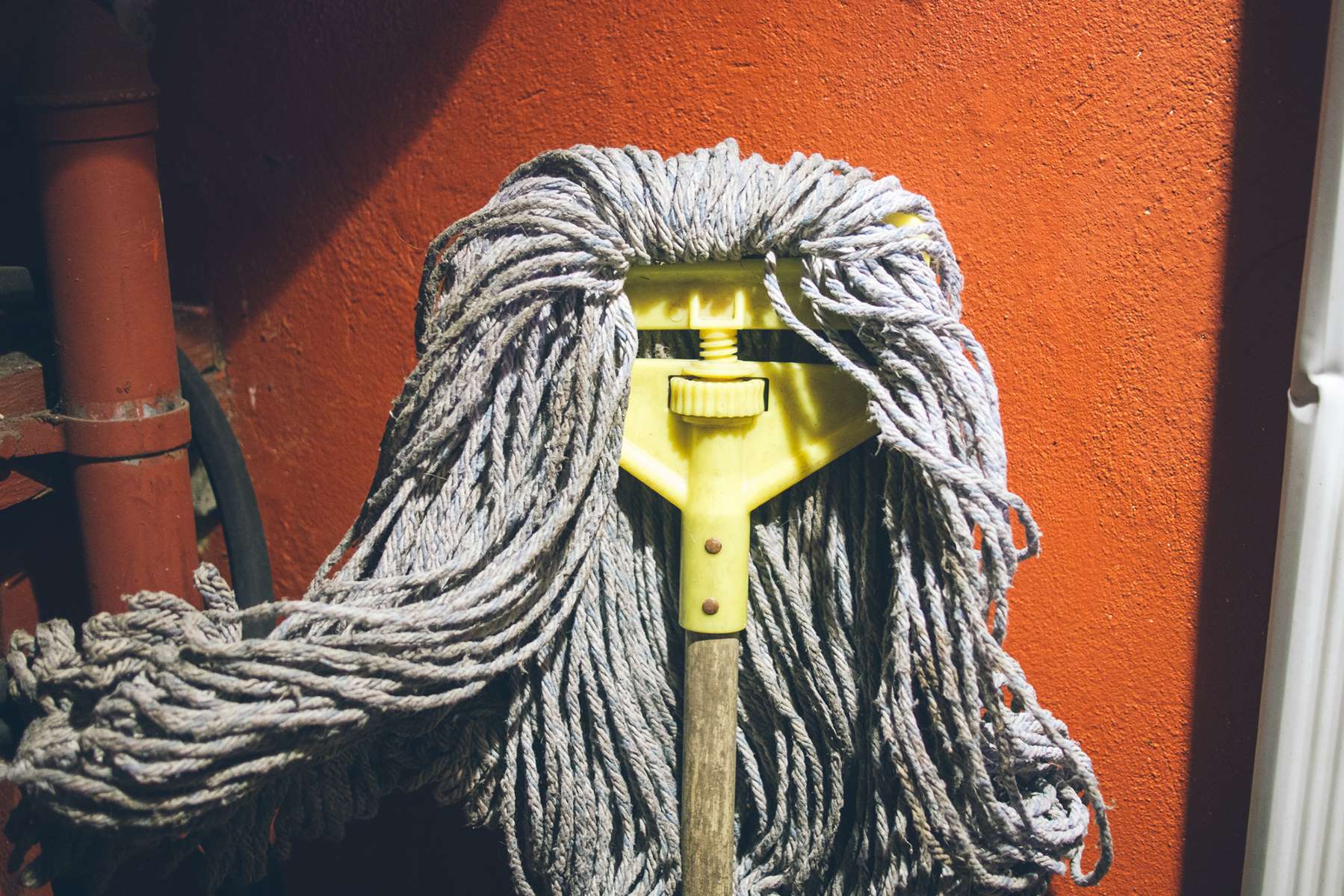
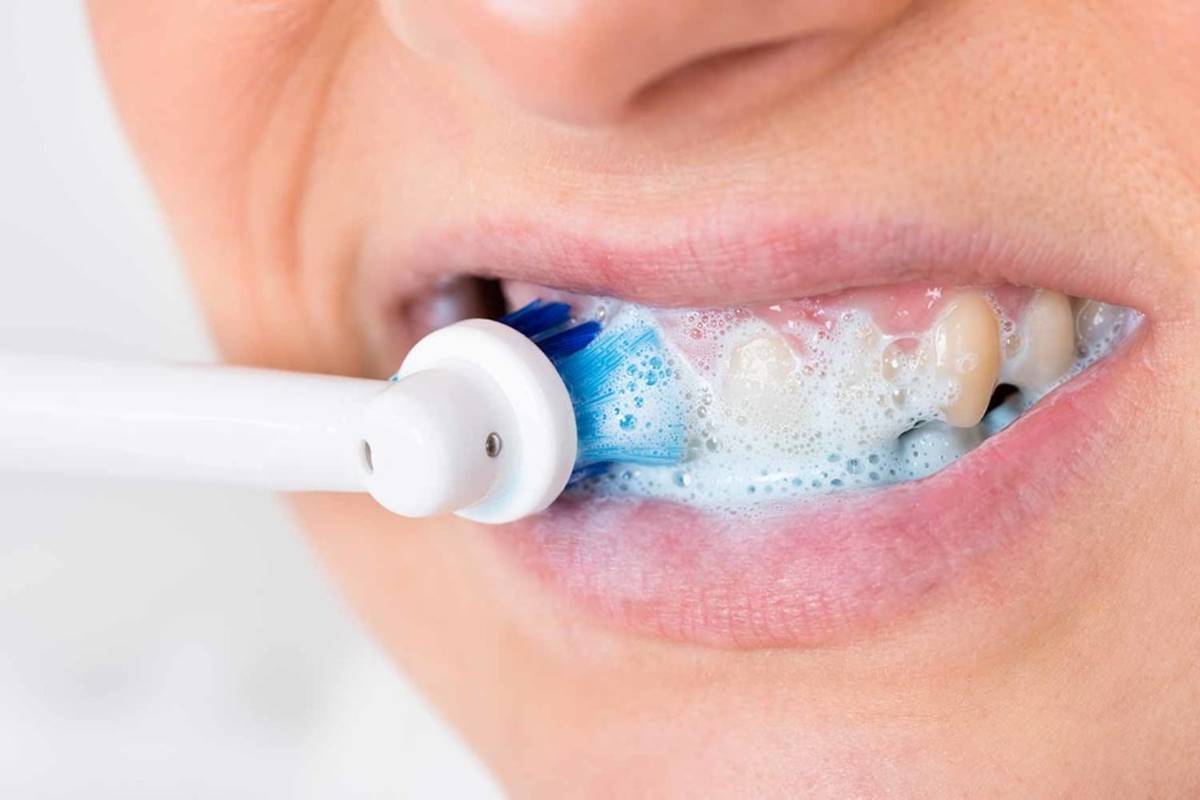
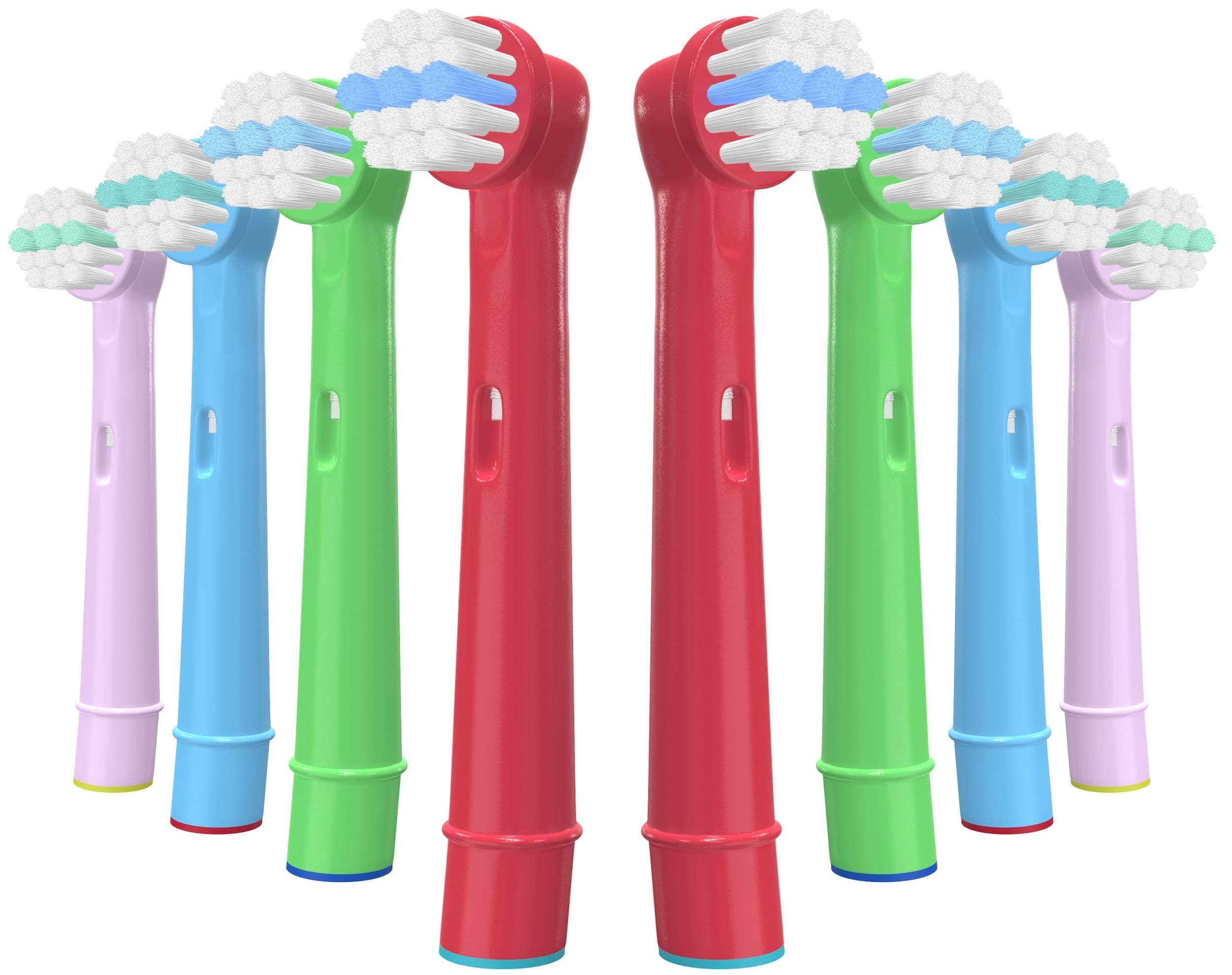
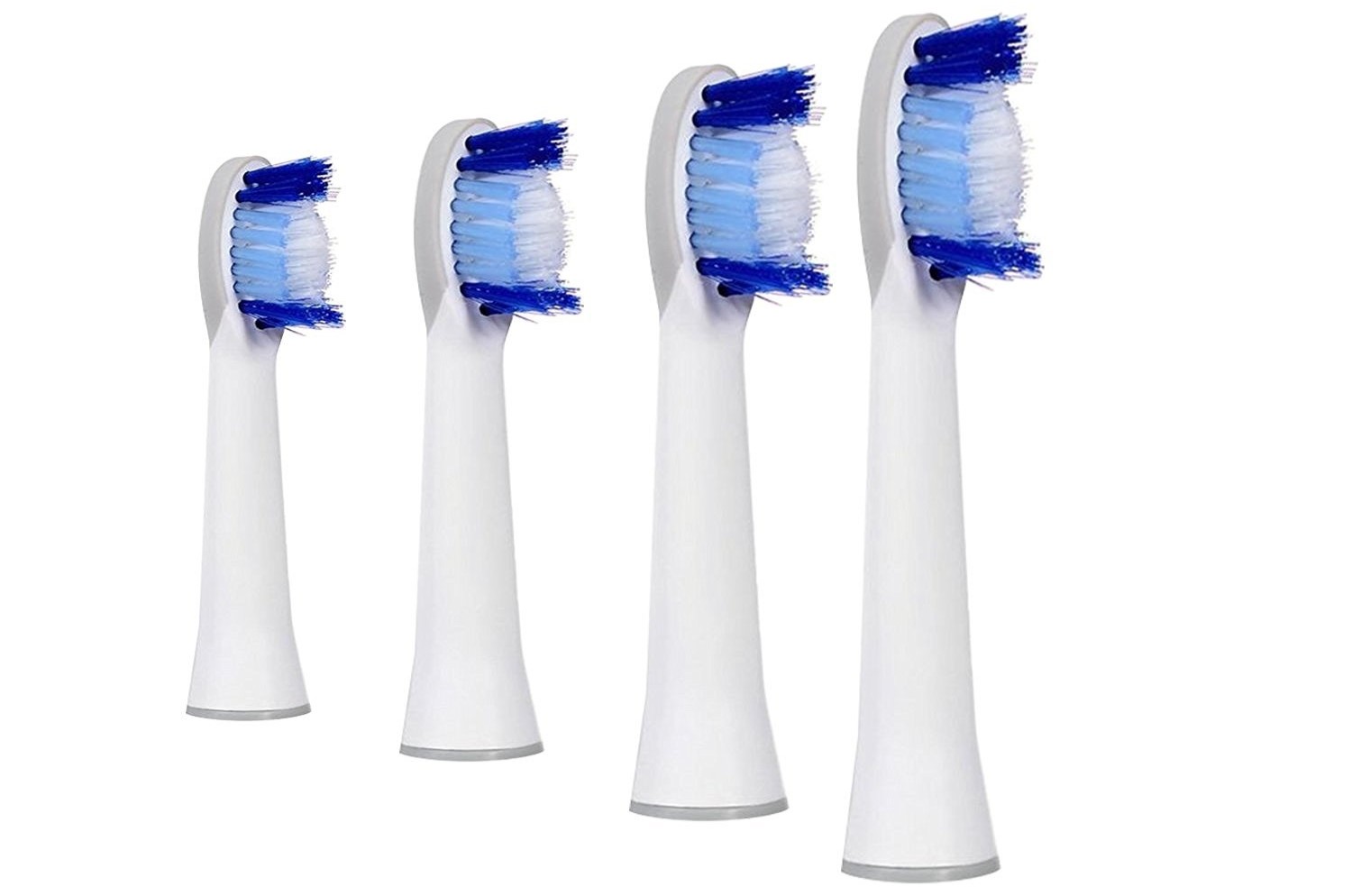
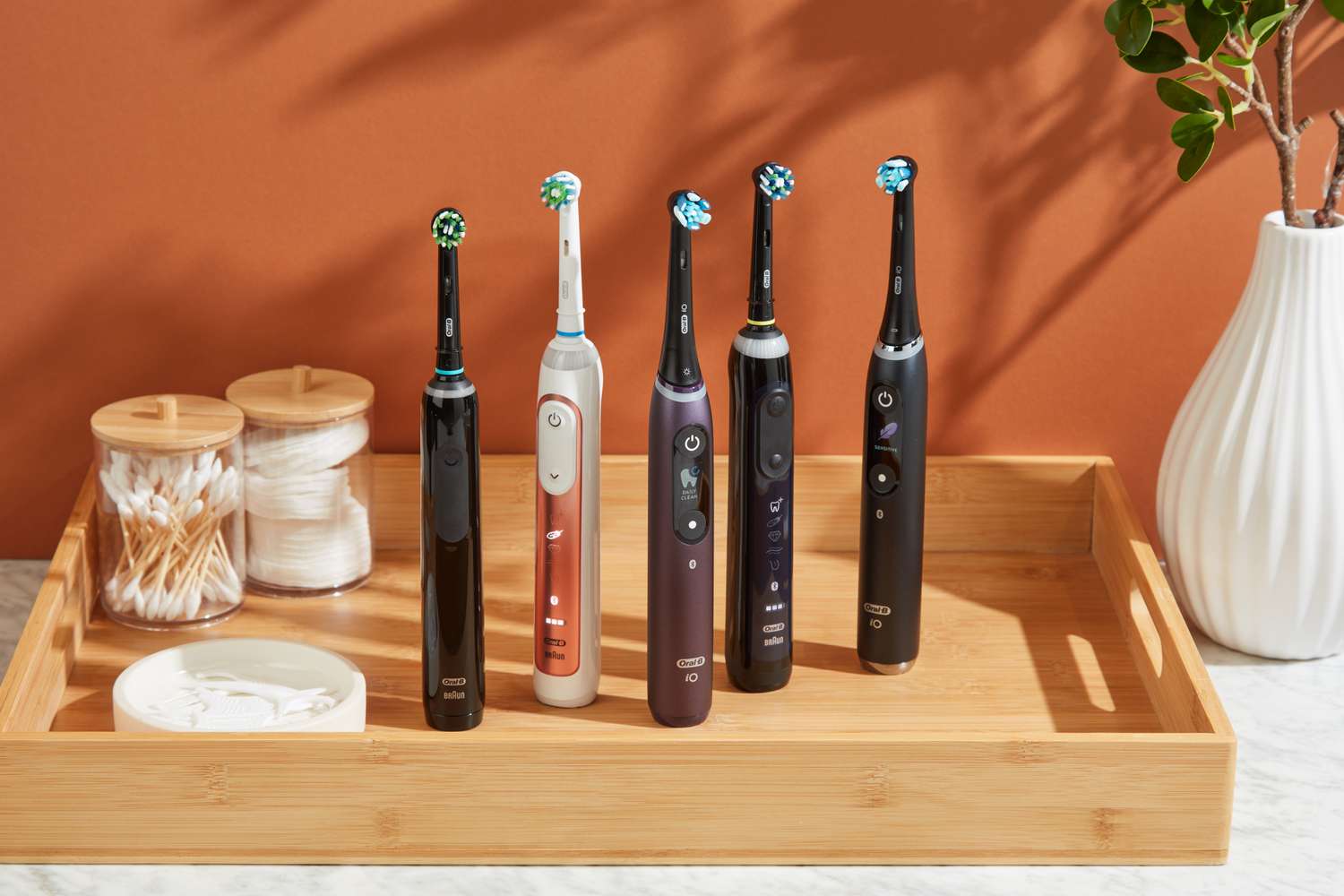
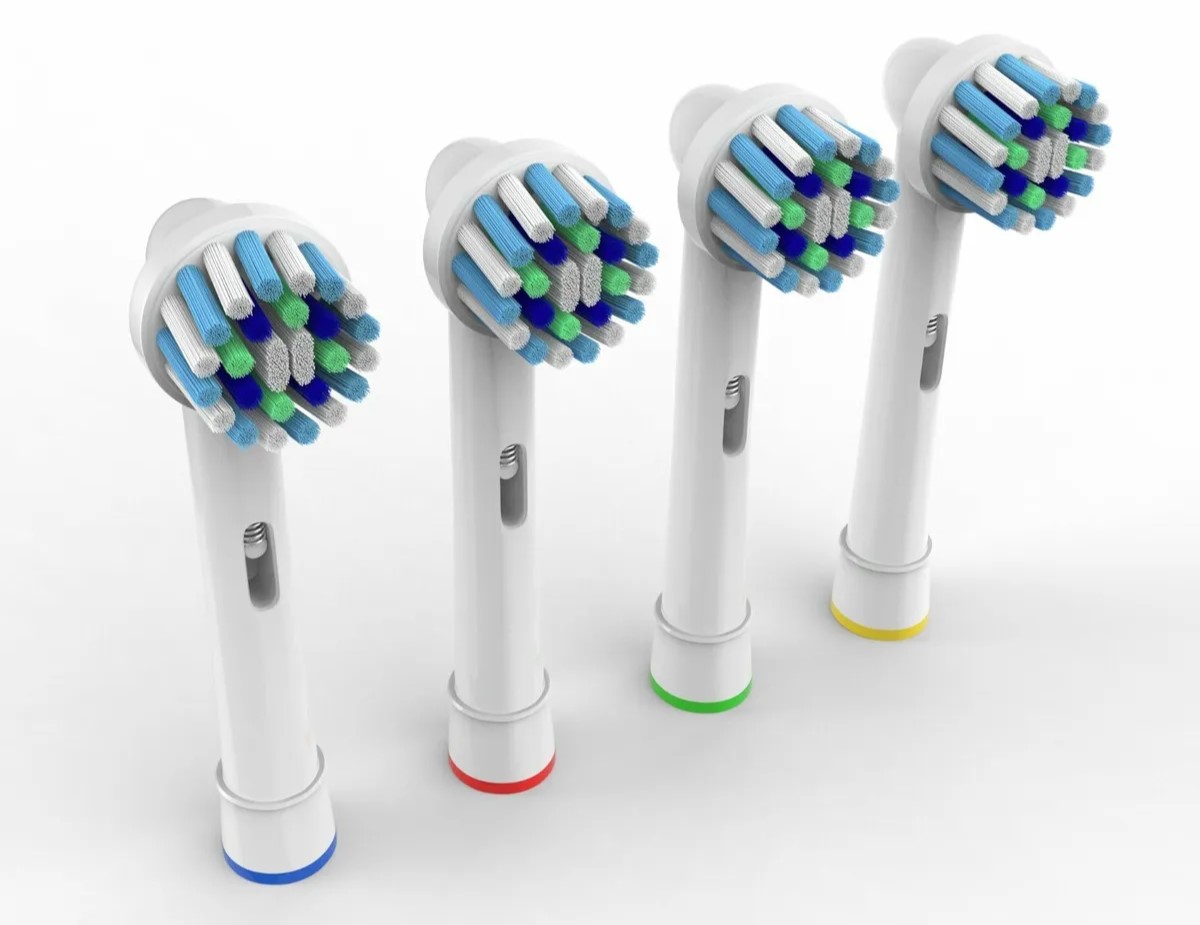

0 thoughts on “How Often Should You Change The Head On An Oral-B Electric Toothbrush”